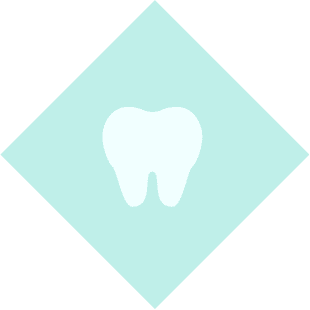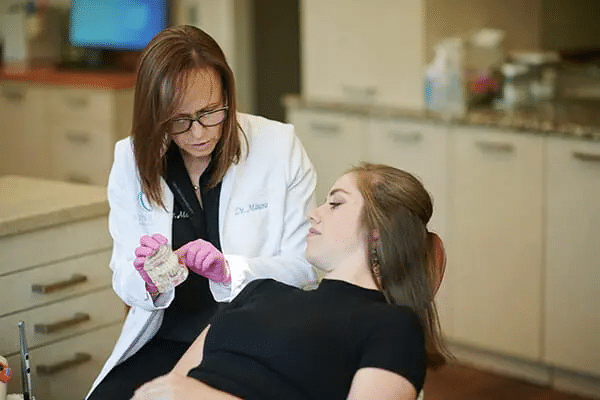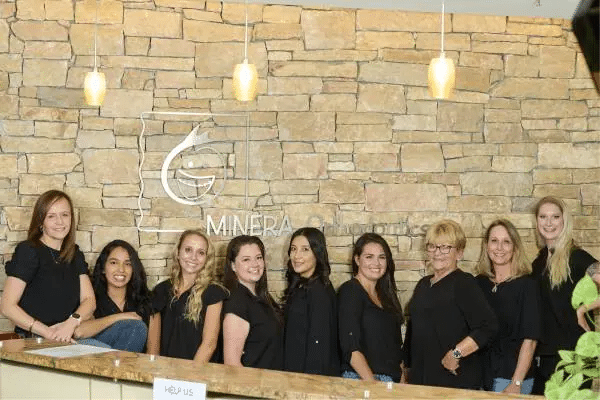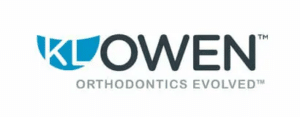

What Makes Us Special?
At Minera Orthodontics, we are committed to our own continuing education and the embracing of advancements in orthodontic technology. We have a passion for our profession, enjoy caring for our patients, improving their comfort, and enhancing the quality of their treatment. In more ways than one, we are a family practice, providing our patients with memorable experiences and exceptional treatment. Our love for orthodontic care keeps us feeling fortunate for the chance to create smiles worth talking about. We often receive referrals from local dentists, be it their patients, friends or family members, and our dedication to quality care encourages that trend. Patient referrals have always composed a large part of our work, and with smiles as big as our patients, the reason why is clear. Quality orthodontic treatment speaks for itself.









